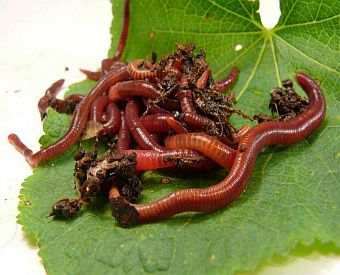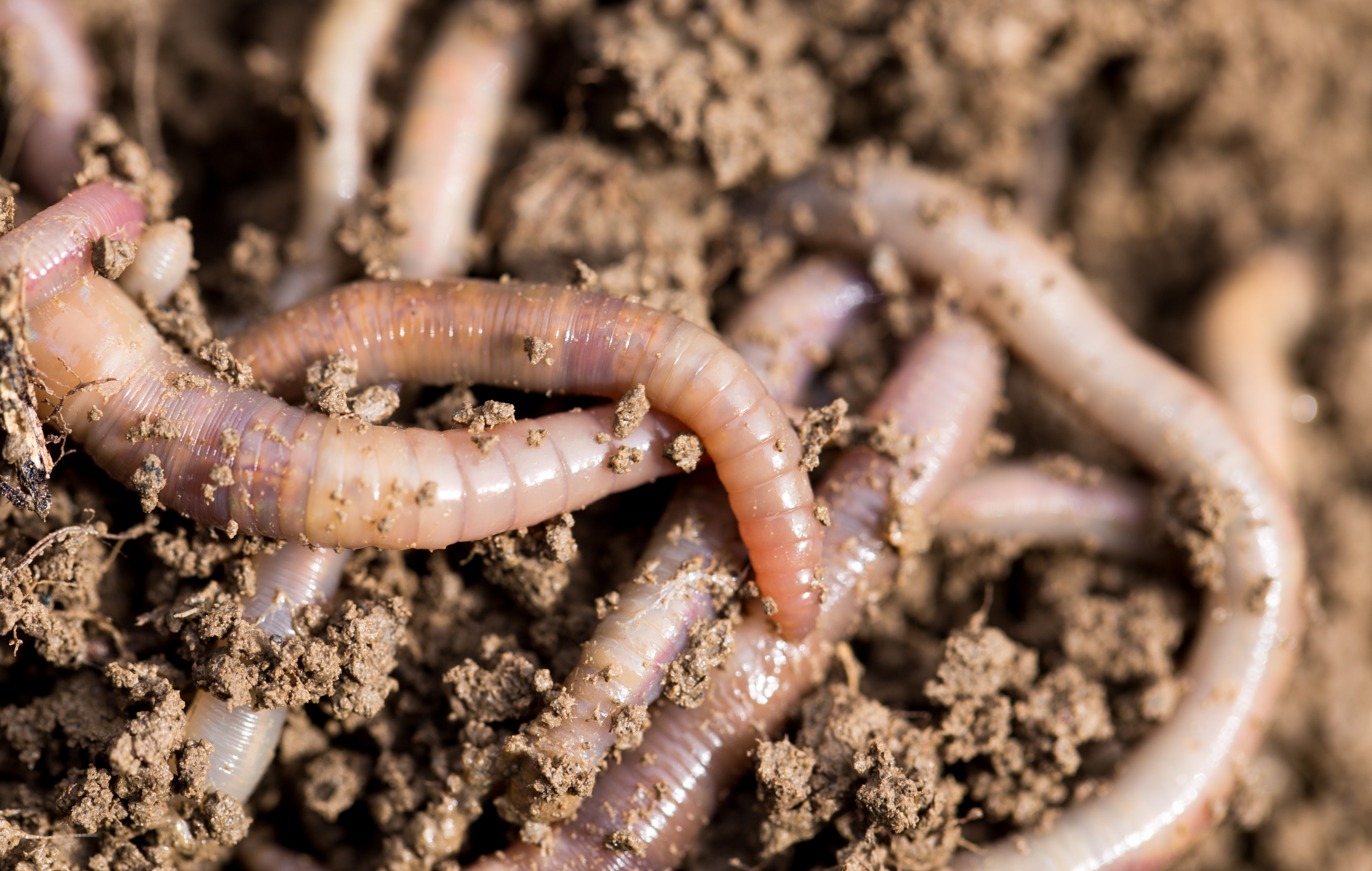Red Wiggler Worms - Efficient Decomposers for Your Garden Compost Bin
Red Wiggler Worms - Efficient Decomposers for Your Garden Compost Bin
Blog Article
Maximizing the Perks of Red Wiggler Worms: A Comprehensive Manual for Home Gardeners and Urban Farmers
In the world of lasting gardening techniques, red wiggler worms stand as unrecognized heroes, silently transforming organic waste right into nutrient-rich castings that can work marvels for soil health and wellness. As home gardeners and metropolitan farmers increasingly look for ecologically pleasant and economical means to improve their gardens, the potential advantages of taking advantage of the power of red wigglers can not be overstated. From minimizing cooking area waste to growing healthier plants, the use of these modest creatures uses a wide variety of benefits. By exploring the complexities of exactly how to properly care for and maximize the benefits of red wiggler worms, people can open a wide range of opportunities for improving the sustainability and productivity of their gardening ventures.
Comprehending Red Wiggler Worms
Red Wiggler worms, renowned for their reliable composting abilities, are a types of earthworms extensively utilized in vermiculture methods. These worms, scientifically understood as Eisenia fetida, grow in decaying natural material, making them excellent candidates for composting.
One trick feature of Red Wiggler worms is their reproductive rate. These hermaphroditic creatures possess both male and women reproductive organs, permitting them to reproduce quickly under desirable problems. A mature Red Wiggler can create numerous spawn in a brief duration, making certain a steady populace within a composting system.

Setting Up a Worm Container
When developing a worm bin for vermiculture objectives, proper prep work and interest to information are vital for developing a helpful environment for Red Wiggler worms. Begin by choosing an ideal container for your worm bin.

Location the worm container in an amazing, dark place far from straight sunlight and severe temperature levels. Consistently monitor the moisture degrees, including water if the bed linen feels dry or half-cracked. Feed the worms a balanced diet plan of vegetables and fruit scraps, avoiding citrus fruits, onions, and spicy foods. By adhering to these steps, you can establish a thriving worm bin that will successfully process natural waste into nutrient-rich vermicompost for your garden.
Feeding and Maintaining Worms
Making sure a nutritious and balanced diet plan is crucial for the wellness and productivity of Red Wiggler worms in a vermiculture system. Red Wigglers are starved eaters, with the ability of consuming their very own body weight in organic matter daily. To keep a flourishing worm populace, it is important to give them with a selection of food scraps such as vegetables and fruit peels, coffee grounds, tea bags, and smashed eggshells. Nonetheless, it is necessary to avoid feeding them citrus fruits, onions, garlic, dairy products, meat, and oily foods as these can be dangerous to the worms or trigger undesirable smells in the bin.
Appropriate dampness degrees are additionally crucial for the wellness of Red Wiggler worms. The bed linens should seem like a moist sponge, giving adequate moisture for the worms to breathe through their skin. Regularly check the wetness degrees and readjust by including water or dry bed linen product as required. In Check This Out addition, maintaining proper temperature conditions between 55-77 ° F(13-25 ° C )will certainly ensure optimal worm activity and recreation. By diligently checking their diet plan, wetness, and environmental conditions, home garden enthusiasts and metropolitan farmers can sustain a effective and healthy visit this web-site and balanced Red Wiggler worm population for composting objectives.
Gathering Worm Spreadings
To efficiently draw out nutrient-rich worm spreadings from the vermicompost, a methodical harvesting procedure is crucial for making best use of the composting benefits. The very first action in harvesting worm castings is to urge the worms to move to one side of the bin.
After the castings have actually been collected, it is essential to divide any kind of remaining worms from the castings to stay clear of harming them during storage space or application. One reliable technique is to develop cone-shaped stacks of spreadings under intense light. Worms will instinctively move away from the light, permitting very easy splitting up and removal.
Lastly, the gathered worm spreadings must be saved in an amazing, dark, and completely dry area to keep their top quality and effectiveness as a nutrient-rich soil change. By complying with these actions, home garden enthusiasts and city farmers can optimize the advantages of red wiggler worms in their vermicomposting systems.
Making Use Of Worm Castings in Horticulture
The incorporation of nutrient-rich worm castings into garden soil can considerably improve plant development and total dirt look here wellness. Worm castings, additionally referred to as vermicast, are a natural plant food generated by red wiggler worms as they damage down raw material. These spreadings are abundant in crucial nutrients like nitrogen, phosphorus, potassium, and beneficial microbes that promote plant development and improve dirt framework.
When utilizing worm spreadings in horticulture, it is necessary to mix them completely into the dirt or utilize them as a leading clothing around plants. The slow-release nature of worm spreadings makes sure a consistent supply of nutrients to plants with time, lowering the threat of nutrient leaching and advertising long-lasting dirt fertility. In addition, worm spreadings aid boost soil aeration, water retention, and microbial task, producing a healthy atmosphere for plant roots to thrive.

Verdict
In final thought, the utilization of red wiggler worms in home horticulture and city farming can significantly benefit soil wellness and plant development. By comprehending just how to set up and preserve a worm container, feed the worms properly, and harvest their nutrient-rich castings, garden enthusiasts can take full advantage of the advantages of these earthworms. Incorporating worm castings into horticulture techniques can enhance soil fertility and general plant performance. Overall, red wiggler worms use a reliable and sustainable option for improving garden and ranch returns.
In the world of lasting horticulture techniques, red wiggler worms stand as unsung heroes, silently changing natural waste right into nutrient-rich spreadings that can work wonders for soil health.When establishing a worm bin for vermiculture purposes, proper prep work and focus to information are essential for creating a conducive atmosphere for Red Wiggler worms. The first step in gathering worm castings is to encourage the worms to migrate to one side of the container. Worm spreadings, additionally recognized as vermicast, are an all-natural plant food produced by red wiggler worms as they damage down natural issue. By recognizing how to establish up and keep a worm bin, feed the worms properly, and gather their nutrient-rich spreadings, garden enthusiasts can make the most of the benefits of these earthworms.
Report this page